In the oral care industry, reports of pulp irritation coupled with allergic reactions during whitening or cleaning treatments are increasingly concerning. While these two issues often appear independently, their combined occurrence raises critical safety questions. Does this combination indicate a product emergency? Let’s explore the root causes and manufacturing solutions.
Pulp irritation refers to inflammation or discomfort of the tooth’s inner pulp tissue. It generally results from:
Pulp irritation leads to sharp pain or lingering sensitivity, often indicating compromised enamel or dentin barriers.
Allergic reactions during oral treatments can manifest as gum swelling, redness, itching, or even systemic responses such as rashes. These reactions typically stem from:
When combined with pulp irritation, allergic symptoms may be misdiagnosed as general oral discomfort, delaying proper intervention. Company web:https://www.powsmart.com/product/electric-toothbrush/
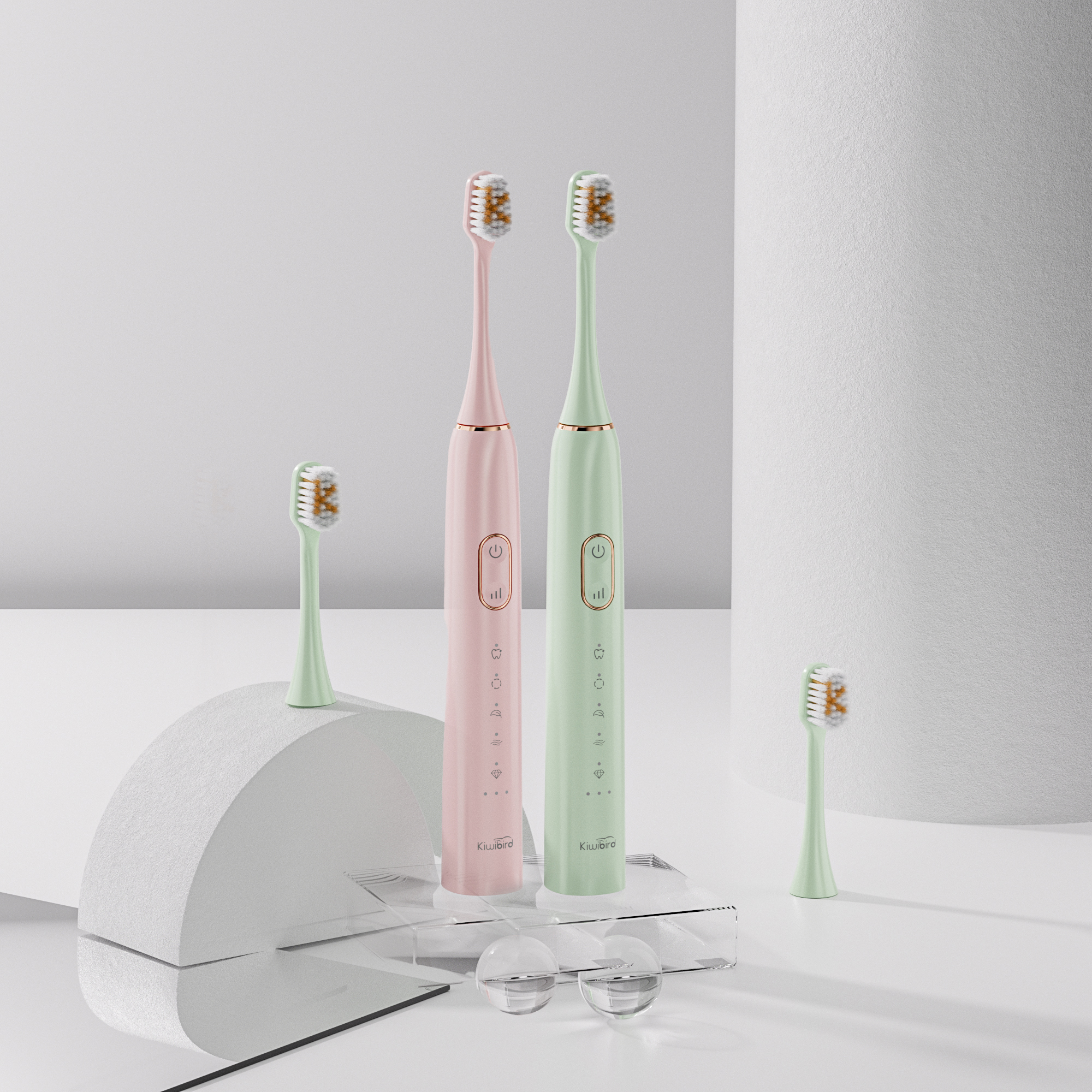
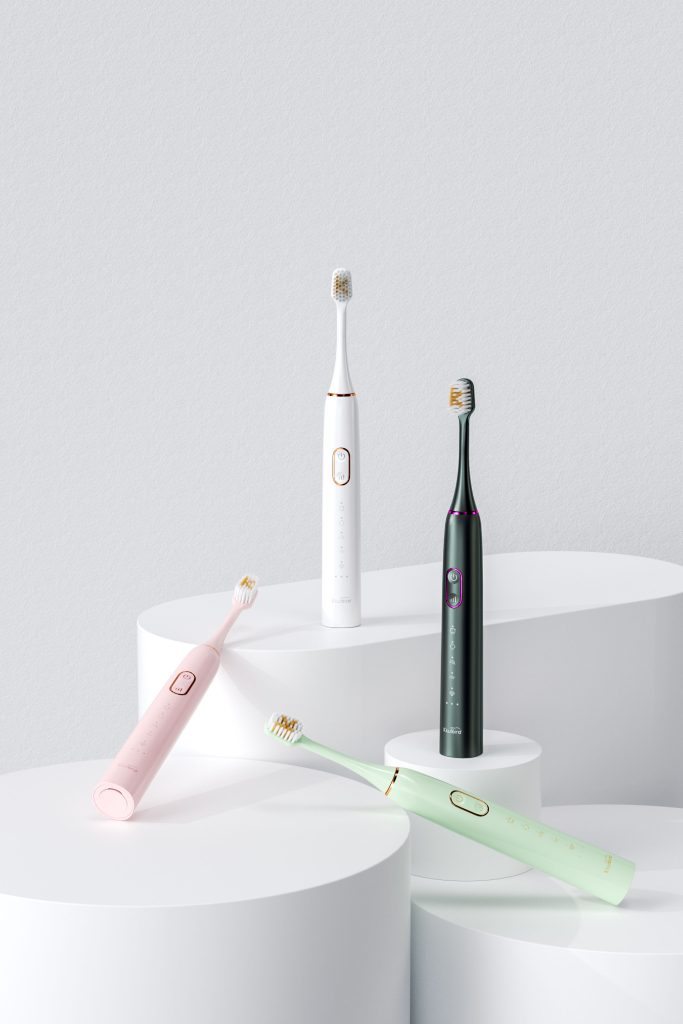
Although pulp irritation and allergic reactions are distinct phenomena, they can be linked by:
In defective products, co-occurrence indicates a multi-level quality failure, from formulation to material selection.
In clinical terms:
Their combination, while not always life-threatening, constitutes a medical safety risk requiring immediate action:
Thus, manufacturers should treat such reports as emergency-level customer complaints.
Preventing pulp irritation and allergic reactions demands:
Such measures ensure user safety while strengthening product compliance and reliability.
Ignoring the combined risk of pulp irritation and allergic reactions leads to:
Proactive formulation optimization and material safety verification protect both users and manufacturers from preventable harm.
Is the combination of pulp irritation plus allergic reactions an emergency? In B2B terms, yes. It signals a multi-source safety defect requiring urgent formulation review, material auditing, and process correction. Leading brands must take a zero-tolerance stance on these co-occurring defects to protect consumer health and market credibility. Contact us
Does Teeth Whitener Cold Light Radiation Accelerate Enamel Demineralization? Lab Results Revealed!
Is Handle Grip Slippage Amplifying Sensitivity Flare-Ups?

Interesting Teeth And Dental Facts That Will Surprise You

Flossing Technology Competition: Cordless vs Countertop Type
.jpg)
Protecting Dental Veneers: How to OEM Gentle Water Flossers and Electric Toothbrushes
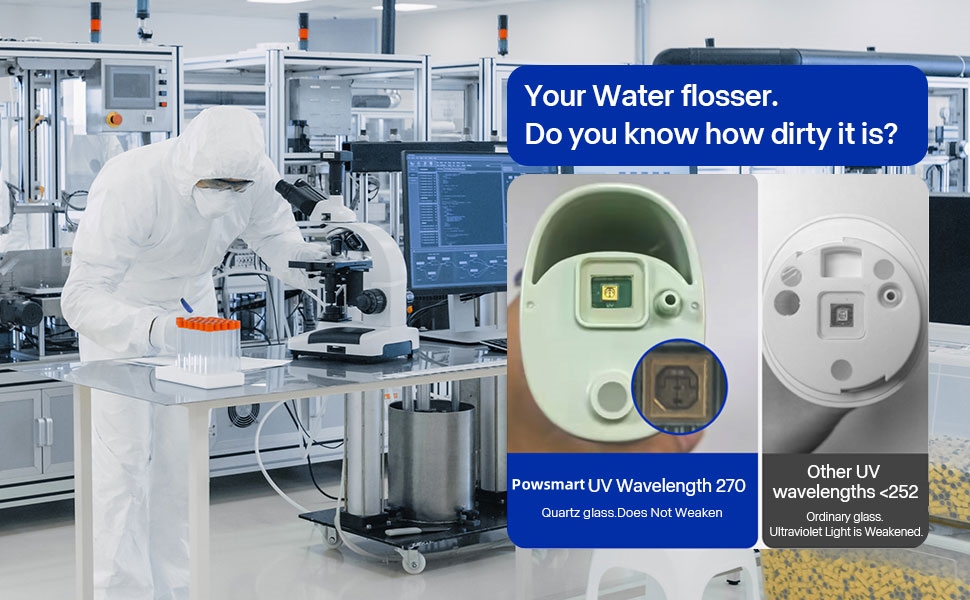
Analyze the Future Development Trend of the Oral Irrigator Market
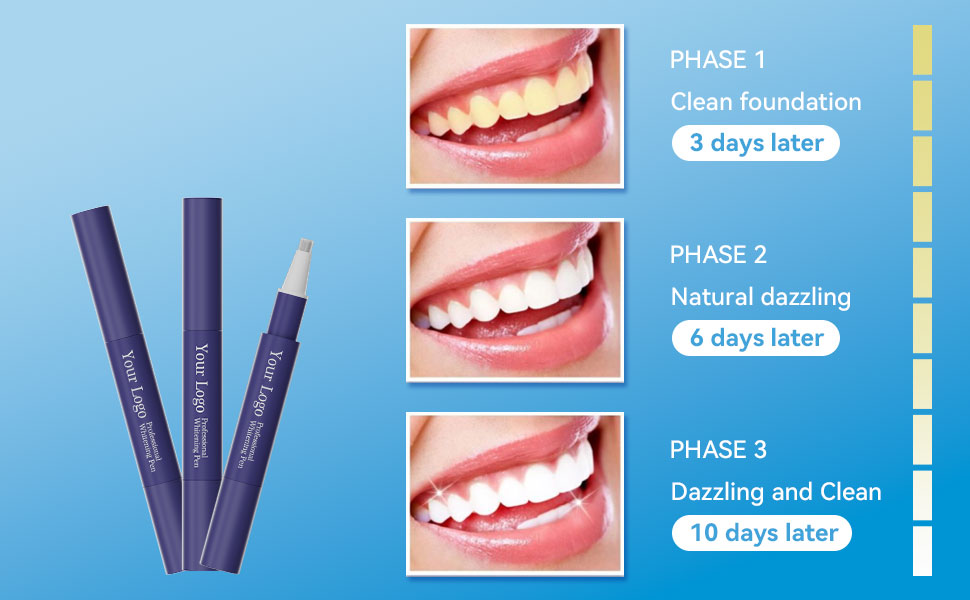
All You Want to Know About Teeth Whitening Gel
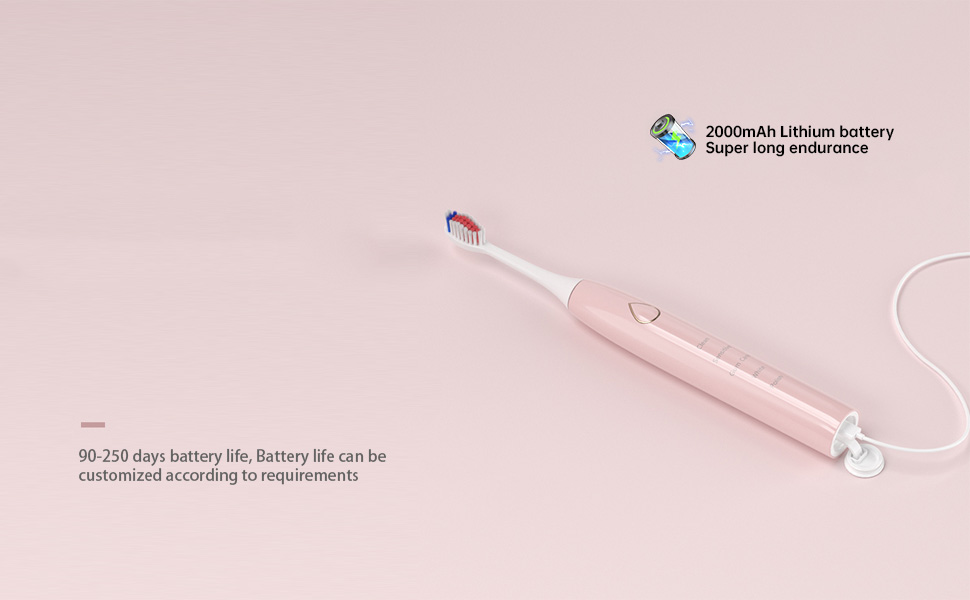
Life Cycle of an Electric Toothbrush
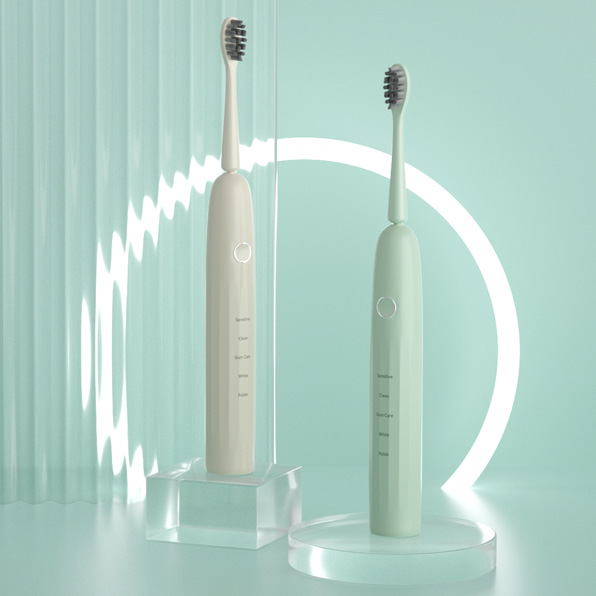
Corporate Wellness Electric Toothbrush OEM: Employee Health Programs
Anti-Bacterial Electric Toothbrush Head Technology
Smart Toothbrush Mumbai | Modern Dental Care
Diwali Budget Electric Toothbrush Under 1500 Rupees North Campus
Gel Leakage Causing Chemical Burns – Still Ignoring It?

Ways Having Whiter Teeth Can Help Boost Your Confidence

Comparison of Electric Toothbrush Battery Types: How to Choose the Power Solution That Best Suits Your Brand Positioning?
Sonic Toothbrush Streamlined Production: Automated Assembly & Ultrasonic Welding Tech

electric toothbrush heads Charcoal Infuse-Round

electric toothbrush heads Ultra Soft

electric toothbrush heads Deep Clean

Private Label Whitening Gel

electric toothbrush heads Regular Clean

Customization Teeth Whitening Gel

Electric toothbrush heads Charcoal Infused-Diamond
.jpg)
Florida Electric Toothbrush – Powsmart PTR-C8
whstapp
whstapp
National Toll-Free Service Hotline
+86 755 86238638